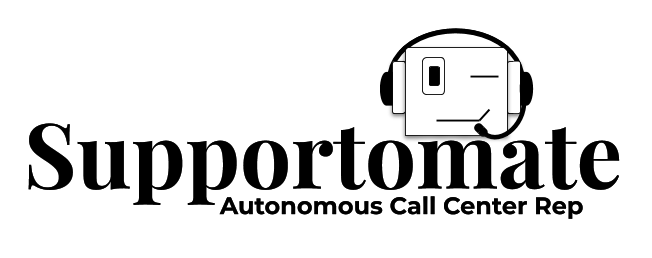According to Wikipedia - “eating your own dog food or dogfooding is the practice of an organization using its own product”. In our minds, this is an extremely valuable practice, not only because of the many lessons that can be learned, but also because of the simple and strong message it conveys. We believe in our product’s value so much that we eagerly use it for our own needs.
As obvious as it may seem, this practice is actually not as ubiquitous as you might imagine. First of all, many companies offer products and services that cater to types of entities that completely differ to their own. Makers of core insurance software like Guidewire and Majesco sell their products to insurance carriers, but can’t really use it themselves. Another typical culprits are really big corporations with many product lines. There, the person making the purchasing decisions often considers cost-effectiveness while ignoring the potential long term insights and corporate culture ramifications. This short sightedness can sometimes lead to choosing a competitor’s product. In the 90s, Microsoft notoriously did not use Microsoft Exchange for their own internal email systems until they were publicly called out for it. Lastly, even startups sometimes don’t think of using their own products, with no apparent particular reason. While it is quite hard to tell from the outside whether AirBnB’s employees, for example, are regularly staying at AirBnB rentals, it is not the case with conversational AI vendors. With the latter, one can simply browse their websites and immediately see if they’ve deployed their own solutions or not. As an interesting experiment, I’ve randomly browsed the websites of 10 different conversational AI vendors, who happen to also cater to financial institutions. Only one out of the 10 had deployed their own solution answering to visitors of their own website.
How we dogfood:
At Supportomate, we’re developing an autonomous call center representative, to help enterprises significantly reduce operations costs. Simply put, it’s a robot that answers the phone. But we are a startup, and as such we don’t have a call center. So how can we still use our own robots? Our personal phones are all configured to transfer calls to one of our robots if we can’t pick up. This robot is connected to our calendars, and is trained to answer general questions and try to schedule another call at a time slot that is actually open in our calendar. This is not just a short-term exercise. It’s a long term solution for a problem that we really have. Whenever someone calls us - people who work at a company that creates robots that can answer the phone, they’d be immediately disappointed if they heard a vanilla answering machine. Even the least busy person in the world misses the occasional call, so why not use this missed call as an opportunity to WOW the caller. As an opportunity to stand behind our own product, and make sure that a missed call does not end up with a missed opportunity.




